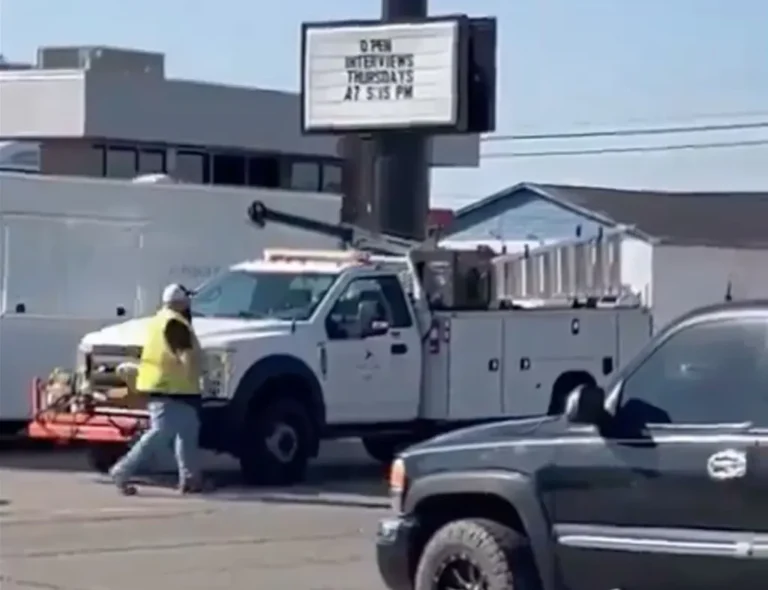In a chilling turn of events, North carolina carjacker shot dead recently witnessed a carjacking incident that culminated in the deadly capturing of the wrongdoer. The incident has sparked massive debate and concern, elevating questions about public safety, self-defense laws, and the escalation of violence in normal crimes. This article delves into the details of the occasion, explores the felony and ethical implications, and examines the broader societal impact.
The Incident: What Happened?
On a quiet night in North carolina carjacker shot dead, a ordinary carjacking quickly became lethal. According to preliminary reviews from nearby government, a masked individual approached a automobile parked outdoor a comfort save in a suburban neighborhood. Armed with a handgun, the carjacker demanded the keys from the driving force, who was diagnosed as a neighborhood resident returning from a grocery run.
In a desperate try to defend himself and save you the theft of his car, the motive force, whose call has been withheld for privacy reasons, retrieved an authorized firearm from his glove compartment. What observed was a quick but excessive warfare, at some point of which the carjacker allegedly fired a shot within the path of the motive force. In reaction, the motive force, fearing for his lifestyles, discharged his personal weapon, fatally injuring the assailant.
Legal and Ethical Considerations
The case has thrust North carolina carjacker shot dead self-defense legal guidelines into the highlight. Under state law, people have the proper to use lethal pressure in the event that they moderately believe it’s far essential to guard themselves from death or critical bodily damage. This legal framework, often referred to as the “Castle Doctrine,” extends the proper to shield one’s domestic or automobile with deadly pressure if faced with an impending hazard.
Critics argue that such legal guidelines can probably increase conditions and cause useless lack of existence. They query whether or not the use of deadly pressure become certainly warranted in this instance or if there have been alternative measures that could have been taken to de-expand the war of words. Proponents, on the other hand, contend that the driver acted within his rights to shield himself in opposition to a violent crook act.
Law enforcement officers are engaging in a thorough investigation to decide whether the taking pictures turned into justified under the circumstances. Factors including the collection of events, the perceived hazard stage, and the actions of each parties leading as much as the capturing might be carefully scrutinized.
Community Response and Public Safety Concerns
In the aftermath of the taking pictures, citizens of the community in which the incident took place expressed a mix of surprise and relief. Many voiced worries approximately the safety of their network and the superiority of crime in the vicinity. Some citizens praised the driving force’s moves as brave, emphasizing the importance of self-defense in a society where crook activities such as carjacking aren’t uncommon.
Conversely, others raised questions about the underlying reasons of crime and the want for extra comprehensive measures to save you such incidents from taking place inside the first place. Community leaders called for increased police patrols and community watch programs as a part of a broader effort to decorate public protection and deter crook interest.
Broader Implications and Societal Impact
Beyond the on the spot information of the incident, the carjacking and subsequent taking pictures have sparked a bigger conversation about crime, gun rights, and personal safety. Advocates on both sides of the gun control debate have weighed in, with a few arguing for stricter firearm regulations to save you gun violence, whilst others emphasize the importance of lawful gun possession for self-protection purposes.
Psychologists and sociologists point to the mental trauma experienced by way of people involved in violent encounters, whether as sufferers or perpetrators. The long-time period effects on mental health, network agree with, and perceptions of safety can not be overstated.
Moreover, media coverage of such incidents plays a essential function in shaping public opinion and influencing policy discussions. How the story is framed and suggested can have an impact on attitudes towards self-protection laws, law enforcement practices, and the wider crook justice gadget.
Conclusion
The carjacking incident in North carolina carjacker shot dead, resulting within the deadly capturing of the wrongdoer, serves as a sobering reminder of the complexities surrounding self-defense, gun rights, and public protection. As government continue their research and the network grapples with the aftermath, it is vital to remember the prison, ethical, and societal implications of such occasions.
Ultimately, the case underscores the need for thoughtful talk and evidence-primarily based policymaking to deal with the foundation reasons of crime while safeguarding individual rights and network properly-being. Only thru knowledgeable discourse and proactive measures can we try closer to a safer and extra resilient society for all.


